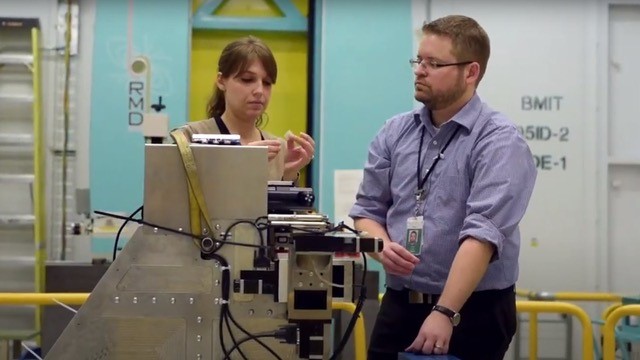
Remodelling project: Dave Cooper and the mysteries inside our bones
How closely does real life mirror the forensic science we see on television? As technology advances, Dave Cooper is using some of the world's highest-powered tools to peer inside our bones.
By Researchers Under the Scope
Listen to all episodes of Researchers Under the Scope podcast.
Subscribe to the podcast on Spotify or Apple Podcasts.
A self-described computer nerd, Dave Cooper was always fascinated by the way technology could push fundamental science research forward.
“I was a child of the video game era,” Cooper said. As an undergraduate student, he enrolled in computer science and math, before moving into biological anthropology and anatomy.
“I always had an interest in the human journey on the planet,” said Cooper, who is now a professor in the department of Anatomy, Physiology and Pharmacology.
After bone density scans became commonplace in the 1980s, Cooper watched imaging technology and forensic science begin to advance. Today, his laboratory uses the Canadian Light Source to take detailed snapshots of bones evolving and changing in real time. This led to real progress in understanding the fundamental science behind diseases such as osteoporosis.
"I slid from high-technology into the study of bone, and eventually I returned,” he said.
Now, with increasing options for looking at finer and finer structures, Cooper’s bone laboratory and research are dedicated to honing treatments and improving outcomes.
“People are living longer, and part of living longer and healthier lives will be protecting the skeleton,” said Cooper. “Now, we can watch it as it’s happening rather than using a blunter instrument after the fact.”
In this episode, we hear why he's fascinated by bones as living entities, and why it's crucial to understand the way they grow and evolve over time.
